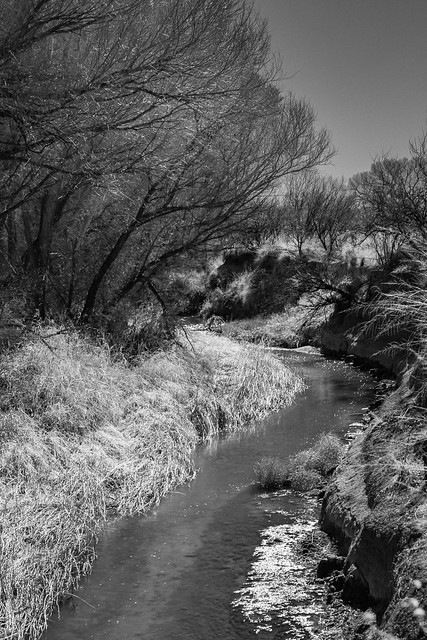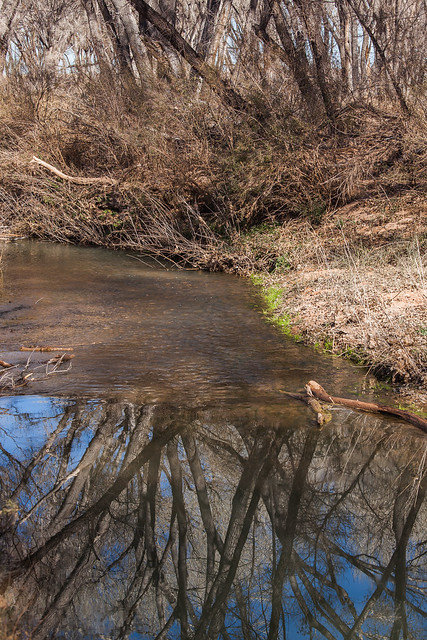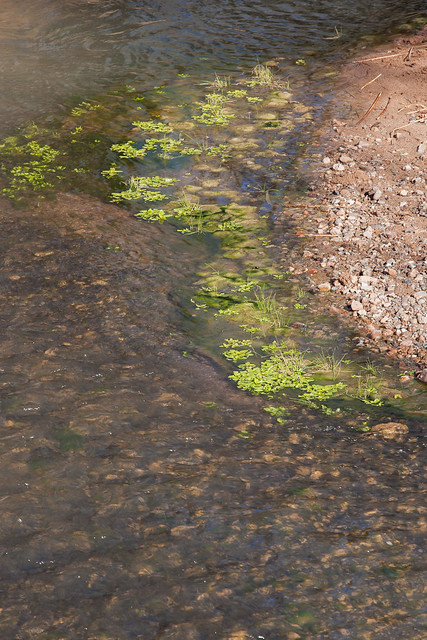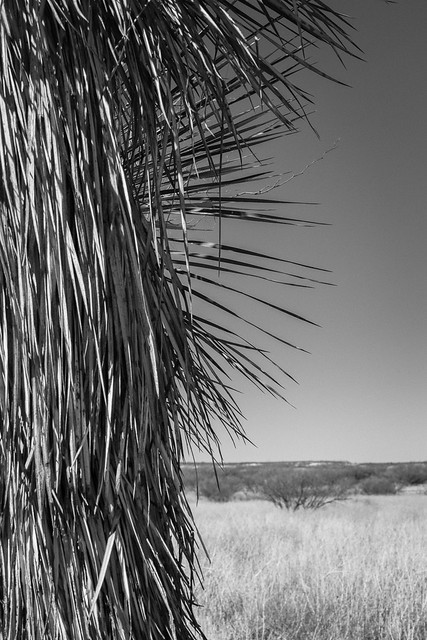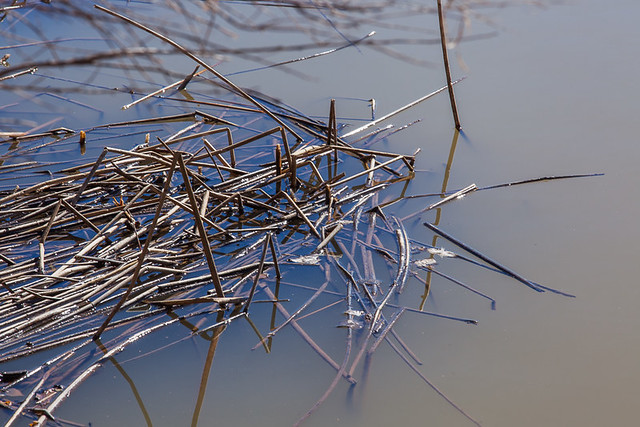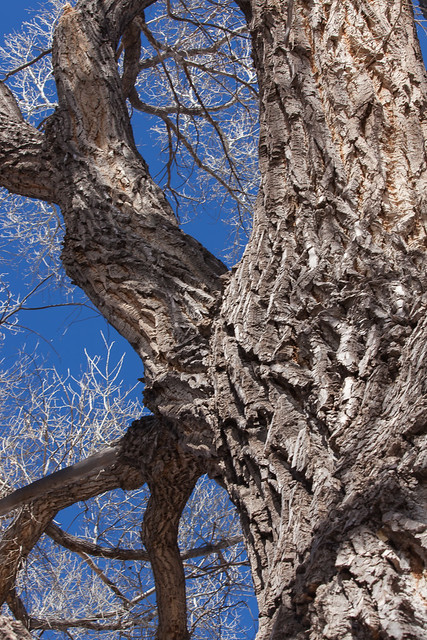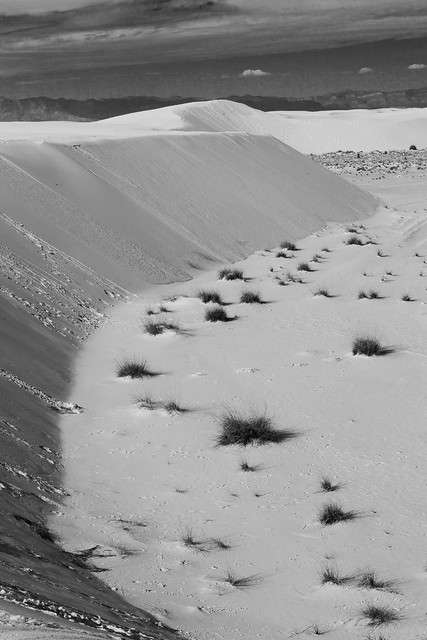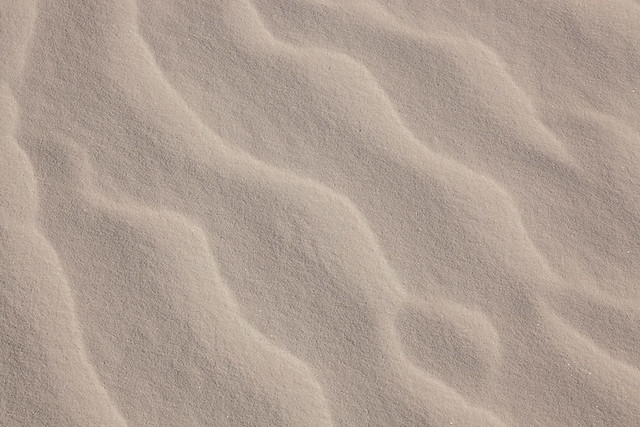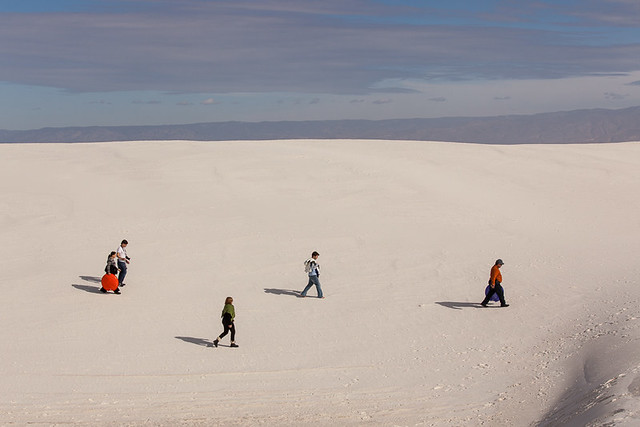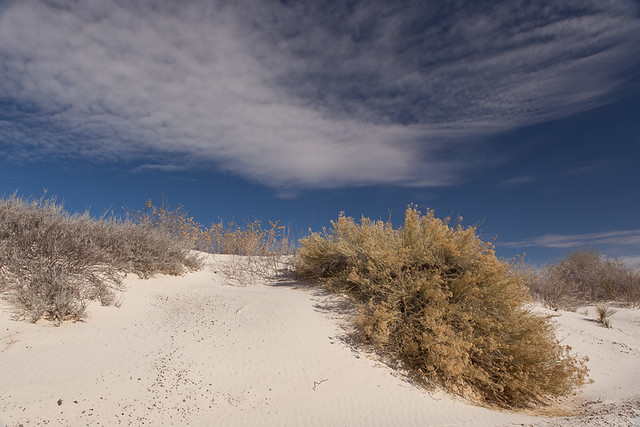
Purchase Tramadol Overnight River Reflection © 2014 Bo Mackison
On a visit to San Pedro Riparian Conservation Area, I again captured the essence of the area in a few select photographs.
When I visit a natural area, I make a point of taking a variety of photographs including landscapes, intimate landscapes, portraits (wildlife or people), macro-photographs, abstracts, and details which capture the essence and personality of the place. I capture the essence of the place using one or two photographs in each of the categories.
Abstract.
Online Tramadol Cod Overnight The above photograph, the river with reflected trees, is abstract in feel. But it gives a feel for the area — river dependent, tall trees along the river banks, a quiet place.
Landscapes
Tramadol Online Uk Reviews The next two photographs, black and whites of the San Pedro River and its riparian corridor, are typical landscape photographs.
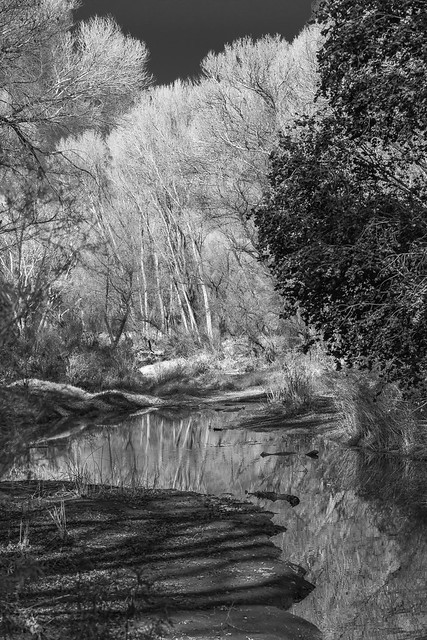
https://www.merlinsilk.com/neologism/ San Pedro River © 2014 Bo Mackison
The San Pedro Riparian Conservation Area encompasses a desert riparian ecosystem – a river flowing through a desert – rare now but once common throughout the US Southwest. Tall trees – mostly cottonwoods and willows – hug the river banks.
The San Pedro River is one of the few rivers with a perennial flow. Its headwaters are in Mexico and it flows north into the United States. The river is protected from the US/Mexico border to St. David, Arizona, a span of 40 miles.
Intimate Landscape
The next photographs are intimate landscapes — they show only a part of the landscape and focus on color, texture, patterns.
Macro-Photography in a Landscape
The close-up of the soaptree yucca dominates the photograph, but the background of desertscrub provides context.
The San Pedro River flows through the Chihuahuan and Sonora Deserts. Away from the water, the landscape is dominated by Chihuahuan desertscrub — soaptree yucca, creosote and agave are common. Mesquite and sacaton grasses grow in the bottomland.
Portrait in an Intimate Landscape
The portrait of waterfowl in this intimate landscape adds another dimension of place.
The riparian corridor and its abutting lakes are home to 250 migrating birds, and over 100 breeding birds. Half the known breeding birds in North America have been spotted in this riparian region.
Macro-Photography and Detail Photographs
These photos capture the personality of the place, and often focus on wabi-sabi characteristics – textures and details.
An added note: This area is also home to a significant archeological site – home of the Paleoindians or the Clovis Culture, the earliest known inhabitants of North America. They lived in this area and hunted mammoths in the last Ice Age, over 11,000 years ago.
